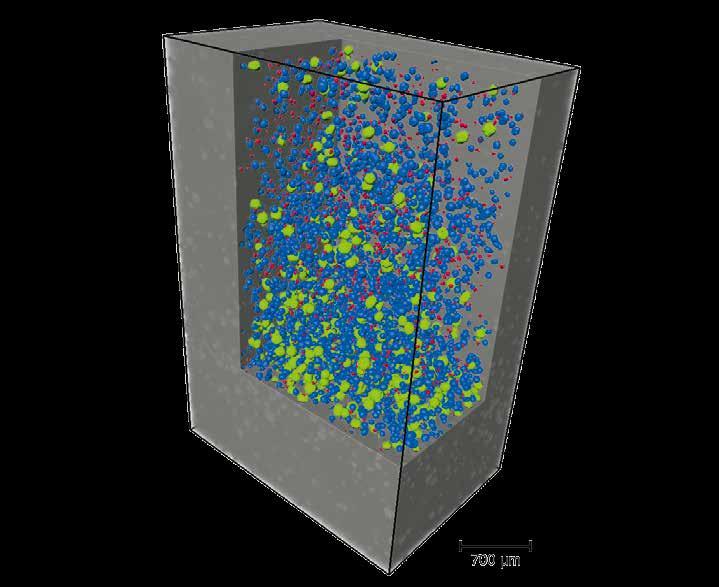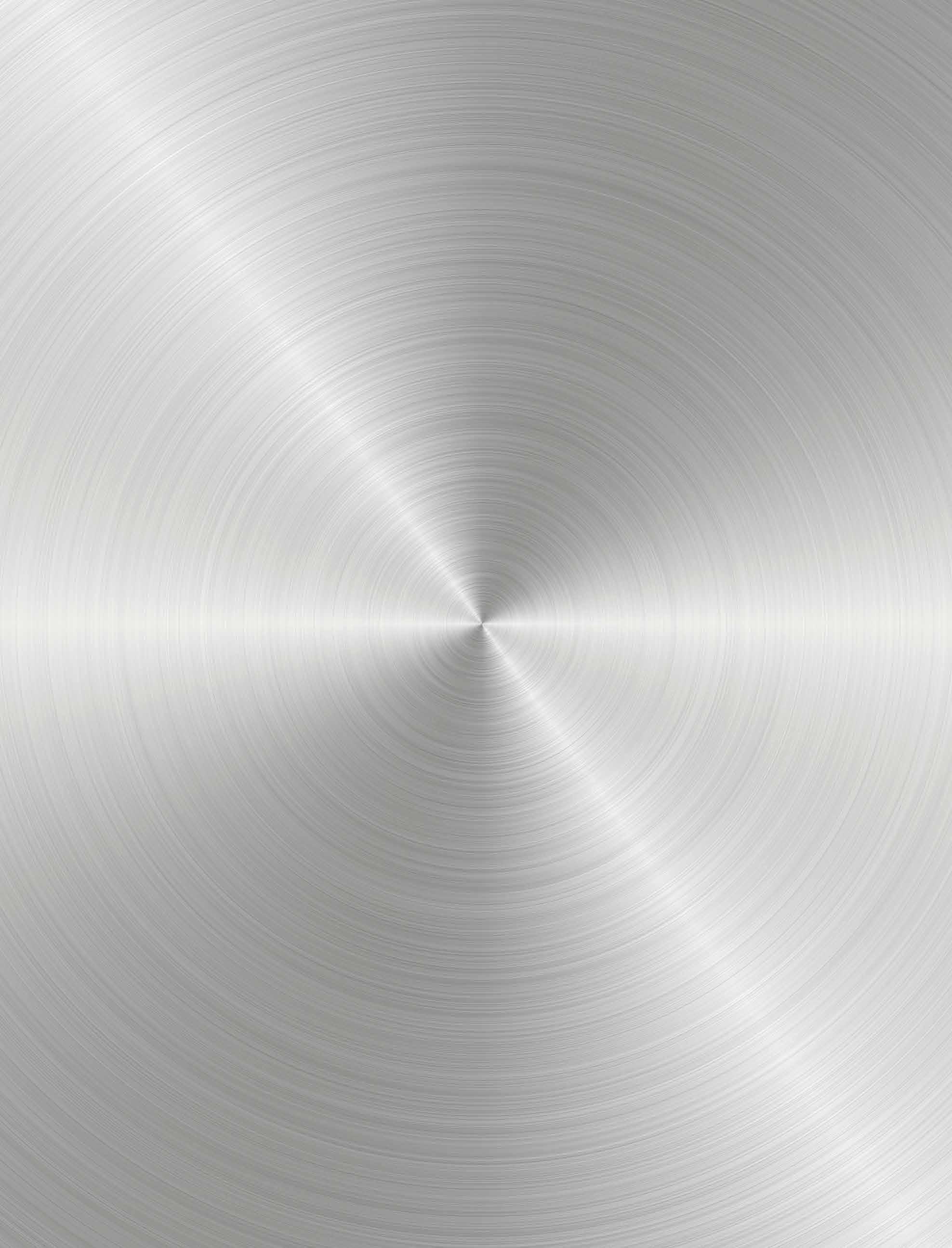
4 minute read
ALUFIX
The friction stir processing (FSP) method offers a means to modify the properties of materials, such as their ductility and resistance to crack propagation. We spoke to Professor Aude Simar about the ALUFIX project’s work in enhancing the properties of aluminium alloys, work which could be extended to other materials in future.
The development of materials with selfhealing properties holds broad relevance to the commercial sector, with many companies across industry looking for materials that combine strength, toughness and durability. As the Principal Investigator of the ALUFIX project, Professor Aude Simar aims to enhance the properties of commercial aluminium alloys. “The project has three branches. One involves the modification of existing aluminium alloys, and their improvement by friction stir processing (FSP),” she outlines. This (FSP) is a method of modifying the properties of metals, with researchers in the project using it to improve the ductility of 7000 series aluminium alloys, essentially the capacity to deform the material without leading to failure. “These are the highest strength aluminium alloys, used for aerospace applications. We have improved the ductility by 150 percent,” says Professor Simar. “A second part of ALUFIX is about using FSP to manufacture materials capable of making cracks deviate, thanks to the insertion of local residual stresses.”
NiTi particles in aluminium alloys
This work involves inserting NiTi particles, a shape memory alloy, to introduce local residual stresses. This has been shown to improve the toughness of the material, specifically its resistance to crack propagation. “Some materials will have cracks. If you can stop these cracks from propagating, or delay their propagation, then you have a tougher material. This can be done by forcing the crack to continually change
7000 series aluminium alloys are the highest strength aluminium alloys, used for aerospace applications.
We have improved the ductility by 150 percent.
direction,” explains Professor Simar.
3D distribution of NiTi particle in an aluminium alloy observed by CT scanner and colored by size class (red <40µm, blue 40 to 80 µm, green >80 µm), courtesy of Grzegorz Pyka and Nelson Netto.

Healable aluminium alloys
The third part of the project centres around producing materials with the capacity to heal any damage that they may incur. Professor Simar says that some parts of an aluminium alloy are relatively vulnerable in this respect. “These weak parts of the aluminium may break during loading, and currently they don’t heal,” she says. “However, within our alloys we have added healing particles. With the use of thermal treatment, we can activate these healing particles and repair damage, so that the material can bear load again near its full potential.”
These different options are all analysed and assessed within the project, with the ultimate goal of producing materials that are more effective than those currently available. One new area of interest is in applying these techniques to additive manufacturing (3-D printing), although Professor Simar says this is a complex task. “With FSP, the materials are not melted, it’s a solid state process. While in additive manufacturing, the metal is melted then the material is built layer-by-layer. So it makes it a bit more challenging to make this material by additive manufacturing” she explains. This is something that researchers in the project are still working on, alongside trying to extend these principles to the development of other alloys. “In particular, we think that it could be interesting to look at magnesium alloys,” continues Professor Simar. “The major interest with magnesium alloys is that they are even lighter than aluminium alloys.”
This is a major concern for the aerospace sector in particular, where companies are keen to reduce mass without affecting performance. It’s estimated that sending a 1kg package to space costs about 10,000 euros, so if the mass of the materials can be reduced without compromising strength, then costs can be saved. “There is a fuel saving over the lifetime of the component. In addition, the advantage of self-healing materials for aerospace applications is in-space repair - no replacement parts are required, only heat,” points out Professor Simar. Researchers are collaborating with aerospace companies, with a view to investigating how to implement this approach in this sector. Professor Simar says the project’s work could also hold important implications for the transport industry, although research is still at a relatively early stage. “Weight is an important consideration for the transportation industry, but at this point we’re more at the proof-of-concept stage than considering direct applications,” she continues.
ALUFIX
Friction stir processing based local damage mitigation and healing in aluminium alloys Professor Aude SIMAR Associate editor “Materials Characterization”
IMAP - Materials and Process Engineering iMMC - Institute of Mechanics, Materials and Civil Engineering Bat. Réaumur - b.116, L5.02.02 Place Sainte Barbe 2 1348 Louvain-la-Neuve Belgium T: +32 (010)47 35 65 E: aude.simar@uclouvain.be W: www.uclouvain.be/fr/ repertoires/aude.simar


Professor Aude Simar is appointed at UCLouvain (Belgium). She is an engineer and attained a PhD from the same university and performed a post-doctorate at UCBerkeley (USA) in 2006-2007.

